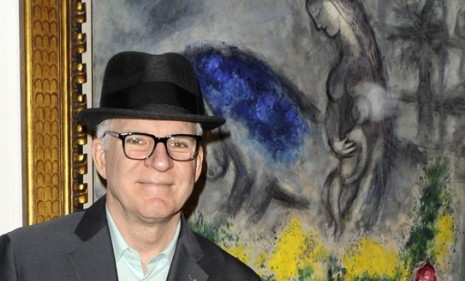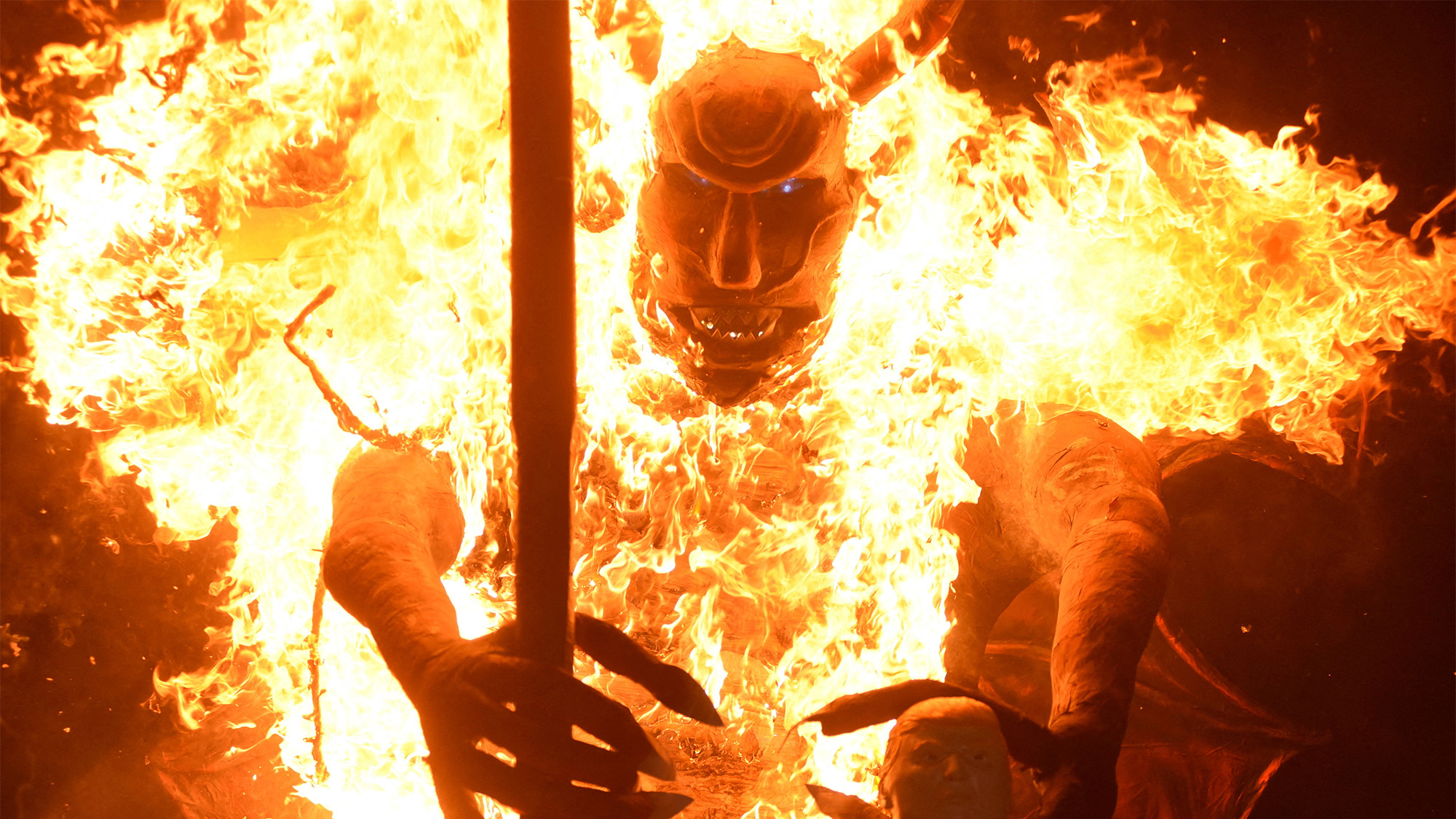How Steve Martin was duped in a $48 million art-forgery scandal
The celebrated funnyman was among dozens of collectors believed to have purchased fakes that fooled even renowned experts

Comedian Steve Martin is an avid collector of paintings, and he showcased his knowledge of the New York art scene with his 2010 novel An Object of Desire. Now, it's the limits of that knowledge that are on display. Der Spiegel reported this week that Martin was one of the buyers duped in a massive German art-forgery scandal. Here, a brief guide to the case, and how it touched Martin:
How big was this alleged forgery ring?
German investigators say the forgers raked in $48 million dollars, beginning in 2001. So far, 13 paintings sold by the ring have been determined to be forgeries, and another 33 are waiting to be tested. Last year, police arrested Wolfgang Beltracchi, the accused leader of the ring, along with his wife, Helene, her sister, Jeanette, and another accused forger, Otto Schulte-Kellinghaus. They have been accused of selling fake canvases attributed to modernist artist Heinrich Campendonk, Fernand Léger, Max Ernst, and others.
The Week
Escape your echo chamber. Get the facts behind the news, plus analysis from multiple perspectives.

Sign up for The Week's Free Newsletters
From our morning news briefing to a weekly Good News Newsletter, get the best of The Week delivered directly to your inbox.
From our morning news briefing to a weekly Good News Newsletter, get the best of The Week delivered directly to your inbox.
What got Steve Martin involved?
In 2004, he bought "Landschaft mit Pferden," or "Landscape With Horses," which was said to be a 1915 work by Campendonk, from the Cazeau-Béraudière gallery in Paris. Martin paid 700,000 euros, or about $850,000. He sold it in a Christie's auction two years later at a 200,000 euro loss. The painting was bought by a Swiss businesswoman.
How could someone with such an eye for art get duped?
Martin wasn't the only one fooled. He had the painting authenticated by a Campendonk expert before buying it. "The fakers were quite clever in that they gave it a long provenance and they faked labels," Martin said, as quoted by The New York Times, "and it came out of a collection that mingled legitimate pictures with faked pictures."
A free daily email with the biggest news stories of the day – and the best features from TheWeek.com
So where did these fakes come from?
Helene Beltracchi claimed the works once belonged to her grandfather, Werner Jagers, a Cologne businessman. His collection had been hidden during World War II. The couple reportedly said Jagers had purchased the works from renowned art dealer Alfred Flechtheim, and kept them secretly on his estate in Western Germany's Eifel Mountains during the Nazi years. All of the paintings were attributed to well-known artists from the first half of the 20th century, but investigators believe many were actually painted by Wolfgang Beltracchi.
Is Steve Martin in trouble?
No, he hasn't been accused of doing anything wrong. He didn't know the painting was a fake when he bought it, or when he sold it. The truth only came out a few years later. But Martin has learned a lesson. He told the Times he had purchased forgeries "once or twice" before, "and each time you become more and more cautious."
Sources: Der Spiegel, NY Times, BlackBook
-
 Will there be peace before Christmas in Ukraine?
Will there be peace before Christmas in Ukraine?Today's Big Question Discussions over the weekend could see a unified set of proposals from EU, UK and US to present to Moscow
-
 Quiz of The Week: 6 – 12 December
Quiz of The Week: 6 – 12 DecemberQuiz Have you been paying attention to The Week’s news?
-
 The week’s best photos
The week’s best photosIn Pictures A man's best friend, the elephants in the room, and more